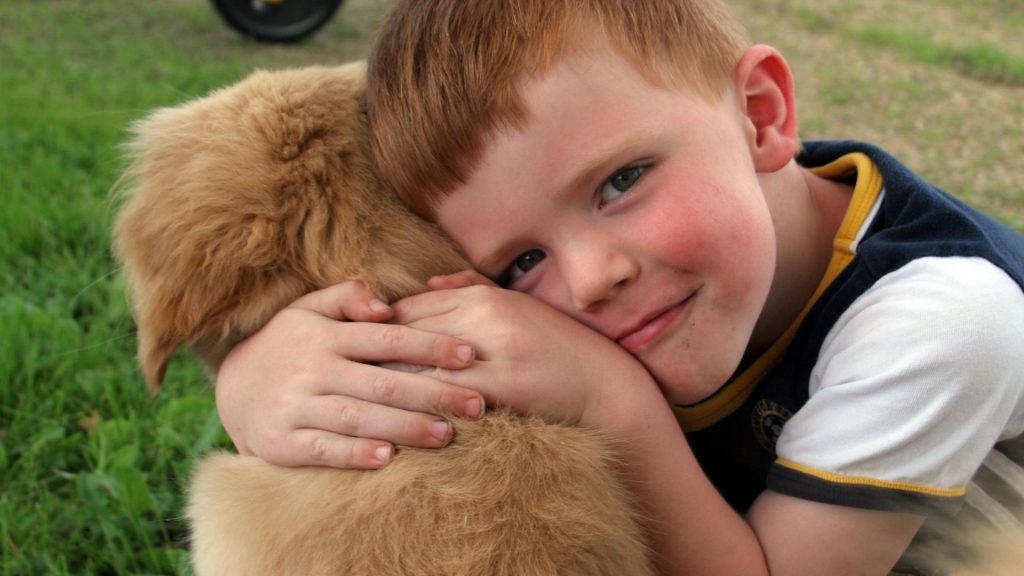How Kids Benefit From Having A Pet In The Home
While owning pets can be an arduous task for a family, there are a plethora of obvious and hidden benefits to the companionship.

Children and furry friends go well with each other. Little ones seem to have a tendency to gravitate to animals, so it’s no wonder why American families have long introduced pets into the household when tots hit a certain milestone. As laborious as it can be to bring a pet into a home with children, it usually is worth it, as the benefits kids reap from that bond can last a lifetime.
According to a study conducted by the veterinary science group, Frontiers, about 63% of all American households with an infant under 12 months of age have a pet in the home. That number is likely even higher for those households with children over a year. Oftentimes, the biggest reason families decide to bring a fur baby into the home with children is for companionship. Animals can act as playmates and best friends for children.
But the benefits don’t stop at comradeship. For older children hitting the late single-digit ages, parents will sometimes introduce an animal to the house to teach important life lessons on responsibility. This can serve as a great lesson for teaching children how to nurture and care for life. Children can be tasked with simple chores like grooming, feeding, and cleaning up after the pets.
Other than teaching about responsibility, pets can offer vital counseling on empathy. Seeing firsthand that animals have feelings too, and often need their own time and space, can be a great way to introduce this life lesson to children. Especially just before they are about to enter school years and deal with it with peers. Furthermore, pets can especially help with this in families with autistic kids.
For kids on the spectrum, it can be difficult to socialize with other children. Companion pets can prevent these children from extreme feelings of loneliness and isolation. Extensive research on this shows that these animal connections can bridge the social gap and help autistic children spark new social interactions.
Other than the obvious benefits of having a pet around kids, research shows some hidden benefits as well. Some studies show a correlation between memory and animals. In one study, preschoolers scored much higher on object categorization tasks and needed fewer prompts in another memory task when a dog was present in the room.

Some researchers even believe that pets foster well-rounded friendly children leading this important social skill into adulthood. A study of 4,000 children aged five to seven found that those with animals at home conveyed fewer behavioral issues with peers. Better behavior could also have been associated with other benefits of pet ownership. A separate study concluded that children aged two to five were generally more active, slept more, and spent less time in front of the TV if they had a dog in the home. Furthermore, a study published last year took these last two research publications to work with controlling factors for a clearer, concrete picture. In the end, the researchers discovered that children who were regularly engrossed with physical dog-related activity had overall superior developmental outcomes.
There is no denying that it can be quite trying to introduce a new pet into the family home. But for those on the fence, looking at the plethora of benefits may just be the needed push to make that final decision. Pets aren’t for everyone, and it is important to take the time to figure out what animal will best suit your family’s lifestyle, but we can almost guarantee that seeing that lit-up smile on your kid’s face will make it all worth it.



